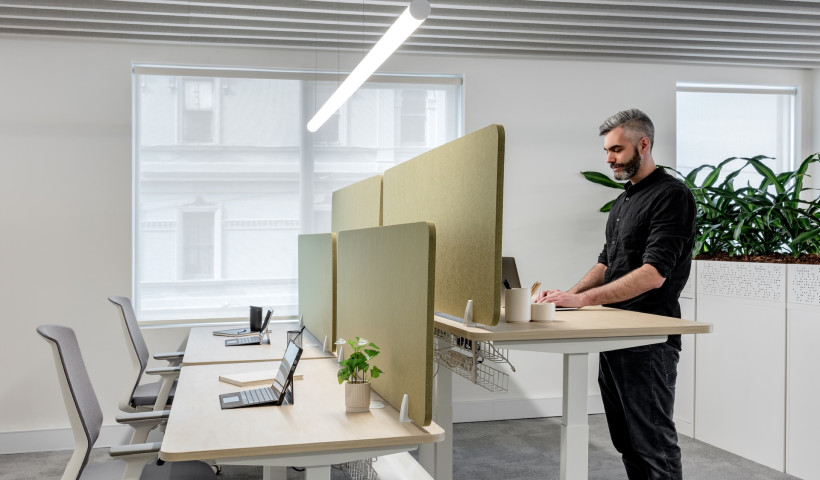
As awareness of neurodiversity grows, so too does the understanding that our workplaces must evolve to support a broader range of cognitive experiences. Conditions like Autism, ADHD, Dyslexia, and Dyspraxia are no longer viewed solely through a medical lens — they’re increasingly recognised as natural variations in how people think, learn, and interact with the world.
This shift in perspective is reshaping how we design our work environments. Rather than trying to fit everyone into a single mould, forward-thinking organisations are embracing flexibility and inclusivity as core design principles.
Understanding the spectrum
Neurodivergence isn’t a one-size-fits-all concept. It’s a spectrum better visualised as a mosaic of traits rather than a linear scale. While some individuals may face challenges with focus, sensory processing, or time management, others may excel in creativity, problem-solving, or hyper-focus. Each person’s experience is unique, and so too should be the spaces they work in.
Why flexibility matters
Traditional office layouts, especially open-plan designs, can be overwhelming for many neurodivergent individuals. Bright lights, constant noise, and unstructured social interactions can create barriers to productivity and well-being. That’s why flexibility is key.
Designing with neurodiversity in mind means offering a variety of environments: quiet zones for deep focus, collaborative spaces for teamwork, and sensory-friendly areas for decompression. It’s about giving people the autonomy to choose how and where they work best.
Designing with intention
To truly support neurodivergent employees, workplace design needs to go beyond surface-level aesthetics and focus on practical, inclusive solutions. Managing acoustics through sound-absorbing materials helps reduce distractions and create a calmer environment. Adjustable lighting options allow individuals to control brightness and avoid sensory overload. A mix of quiet zones and collaborative areas supports different working styles and energy levels, while clear visual cues and signage make navigation more intuitive. These thoughtful design elements not only accommodate neurodivergent needs but also contribute to a more comfortable and productive space for everyone.
The value of neurodiverse talent
Neurodivergent individuals bring a wealth of strengths to the workplace — innovative thinking, exceptional attention to detail, and a deep passion for their craft. When supported by thoughtful, inclusive environments, these talents don’t just emerge, they thrive.
By embracing neurodiversity through intentional design, organisations can unlock new levels of creativity, collaboration, and performance. In doing so, they not only empower individuals but also cultivate workplaces where everyone has the opportunity to succeed.






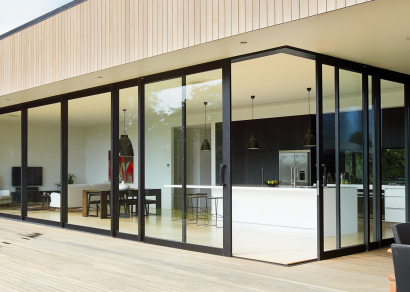
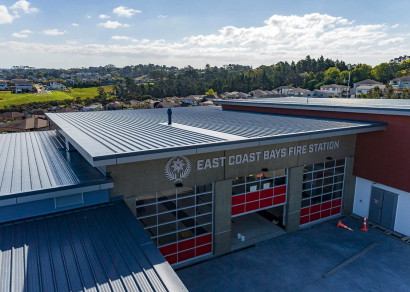
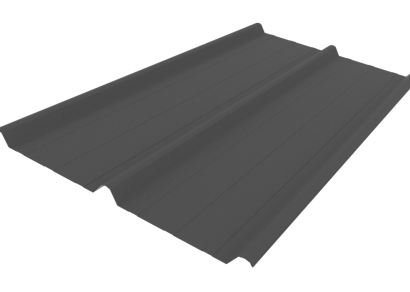
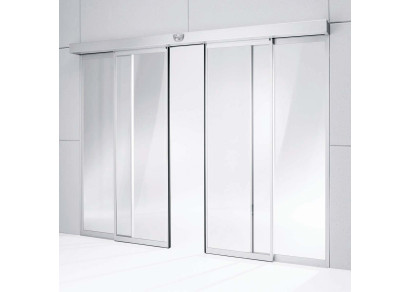
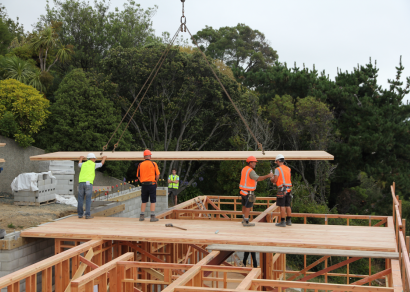

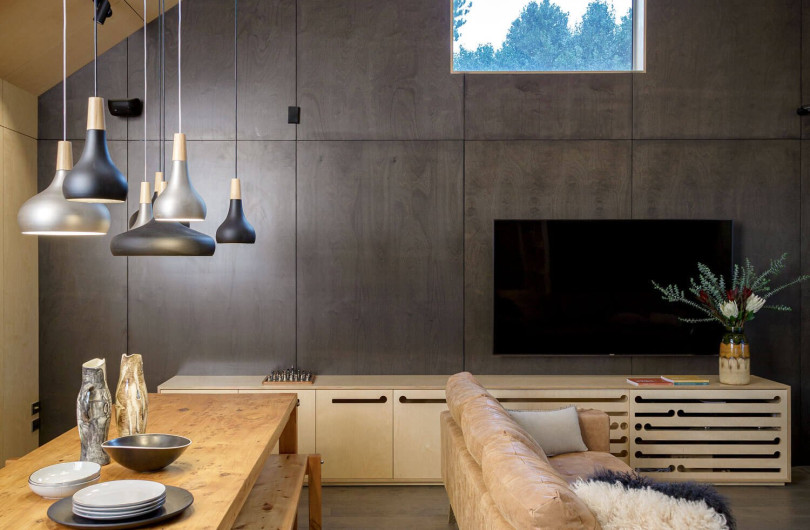
 Case Studies
Case Studies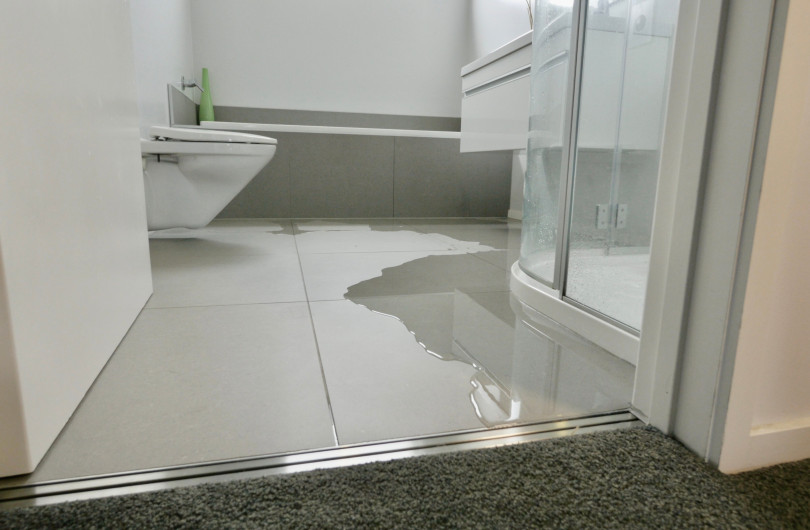
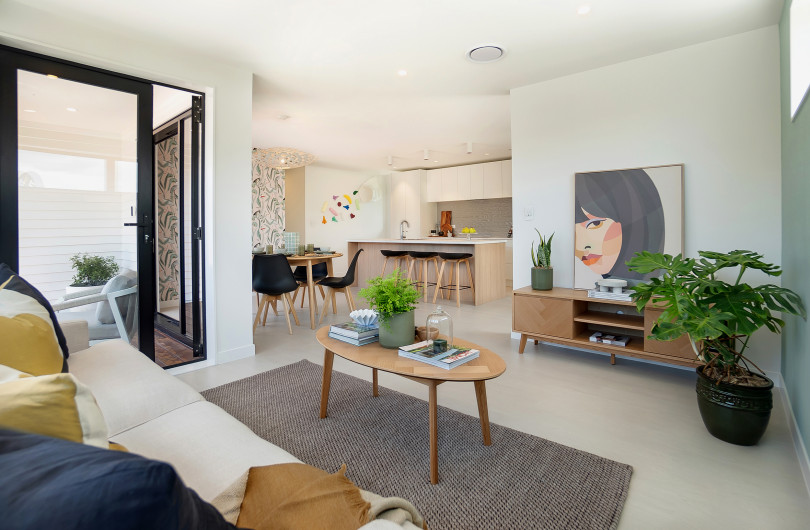


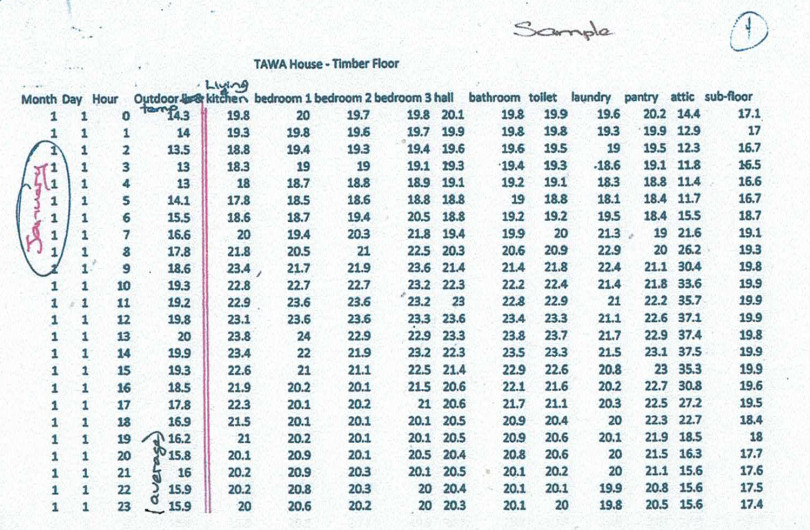




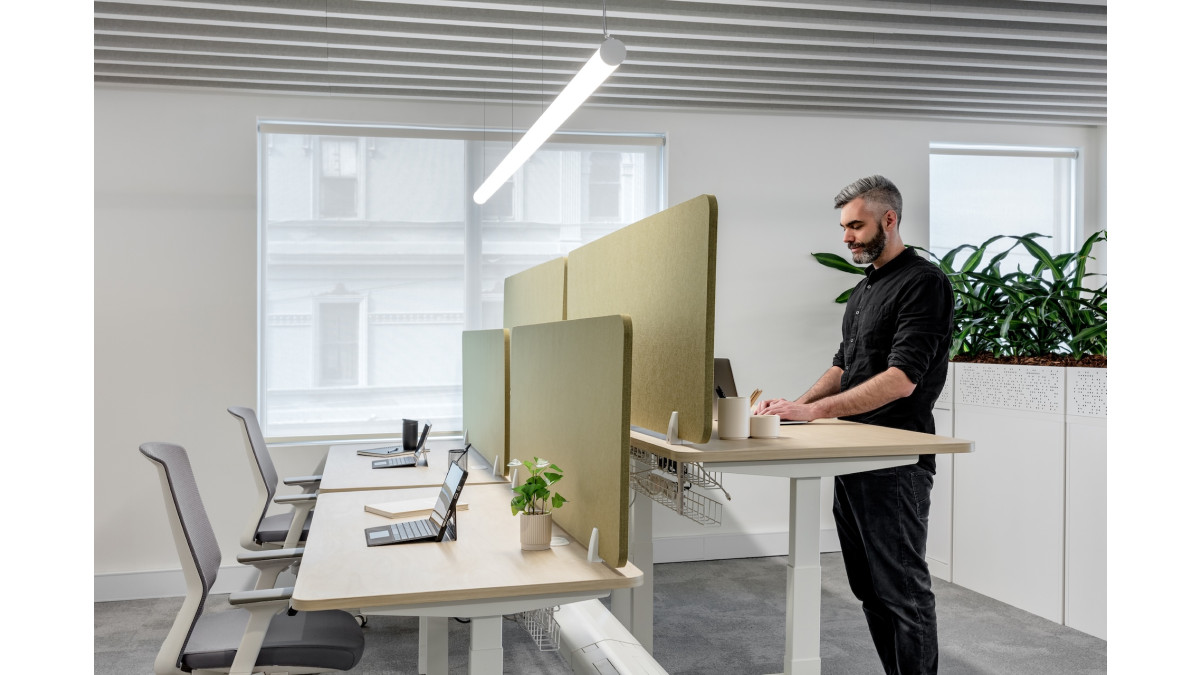
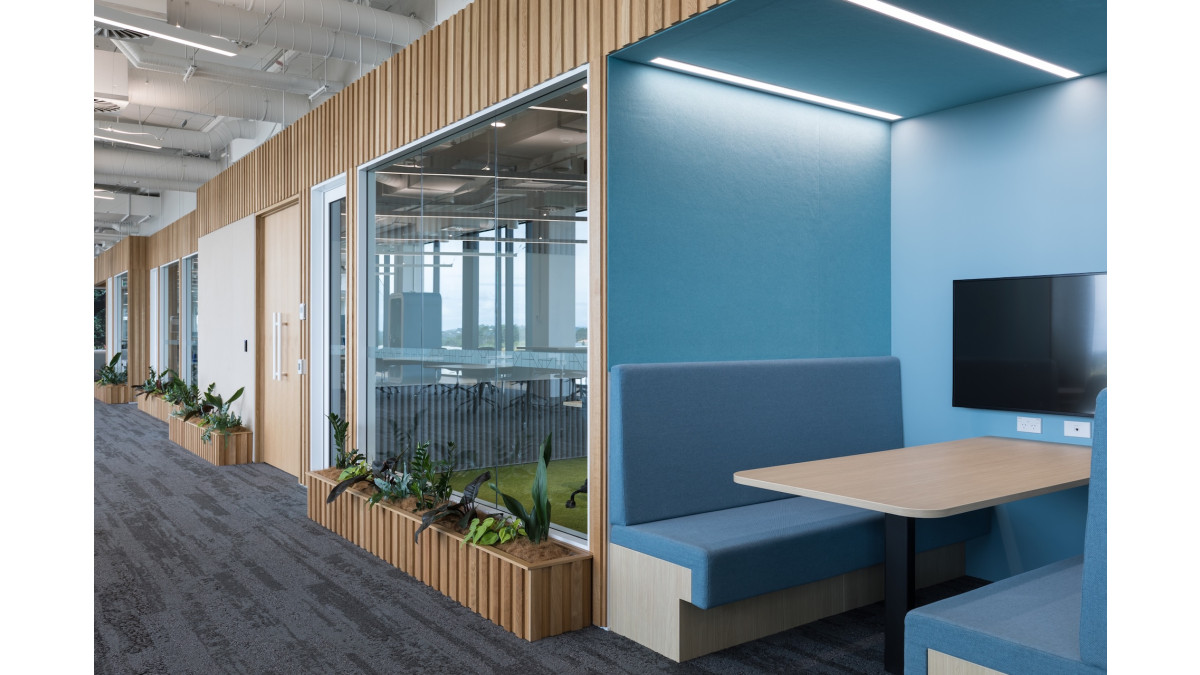
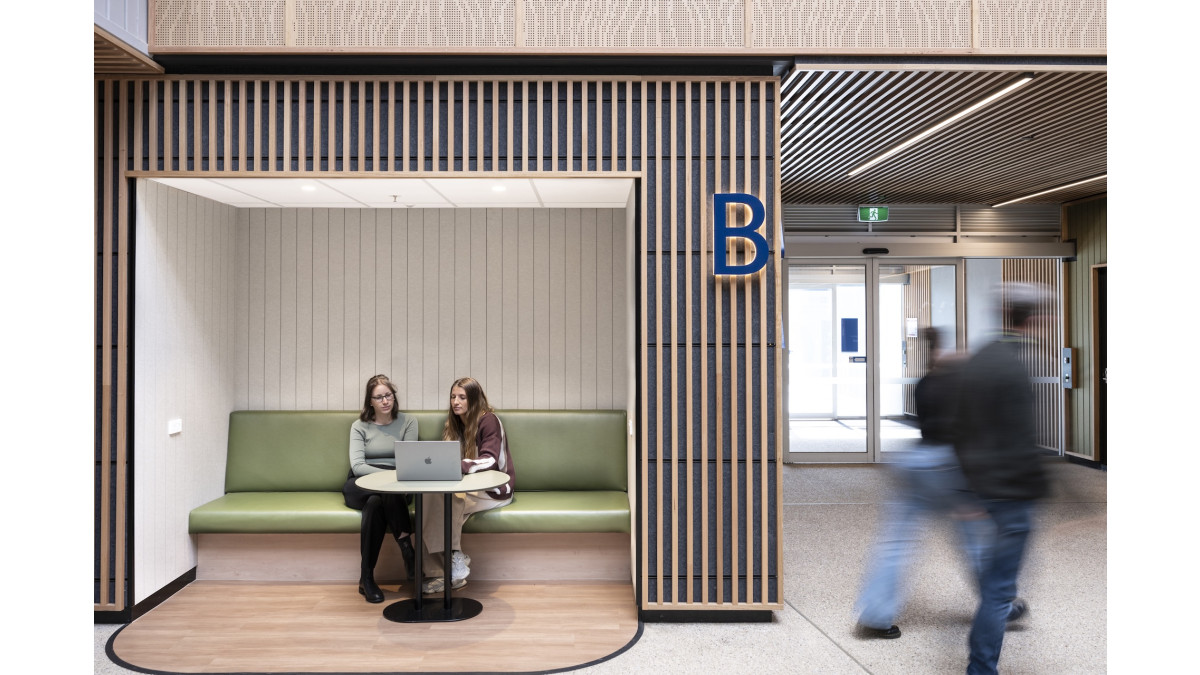



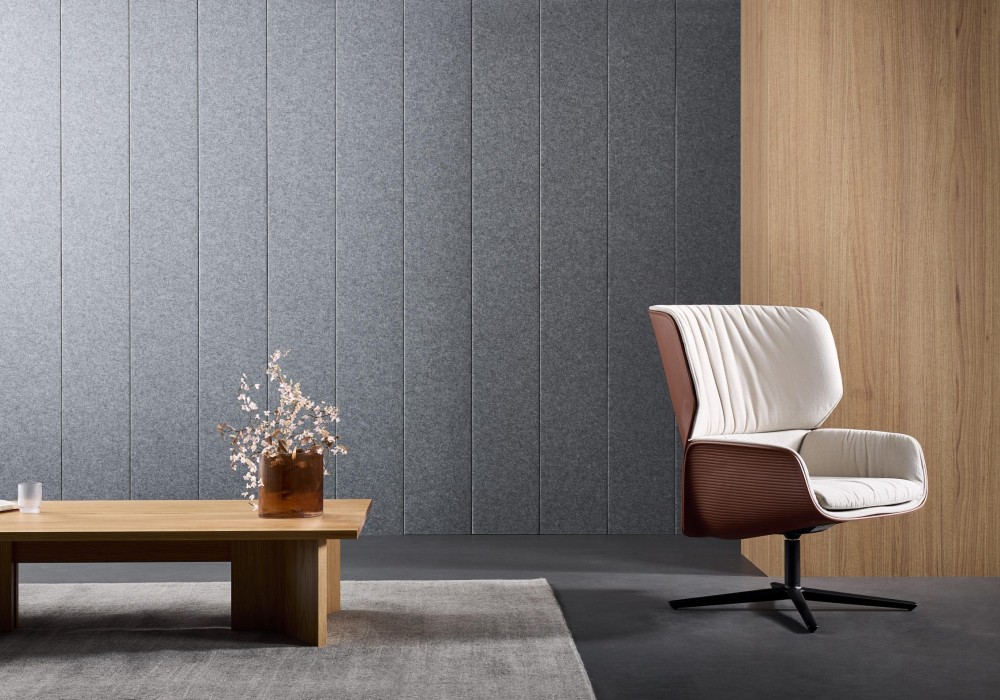
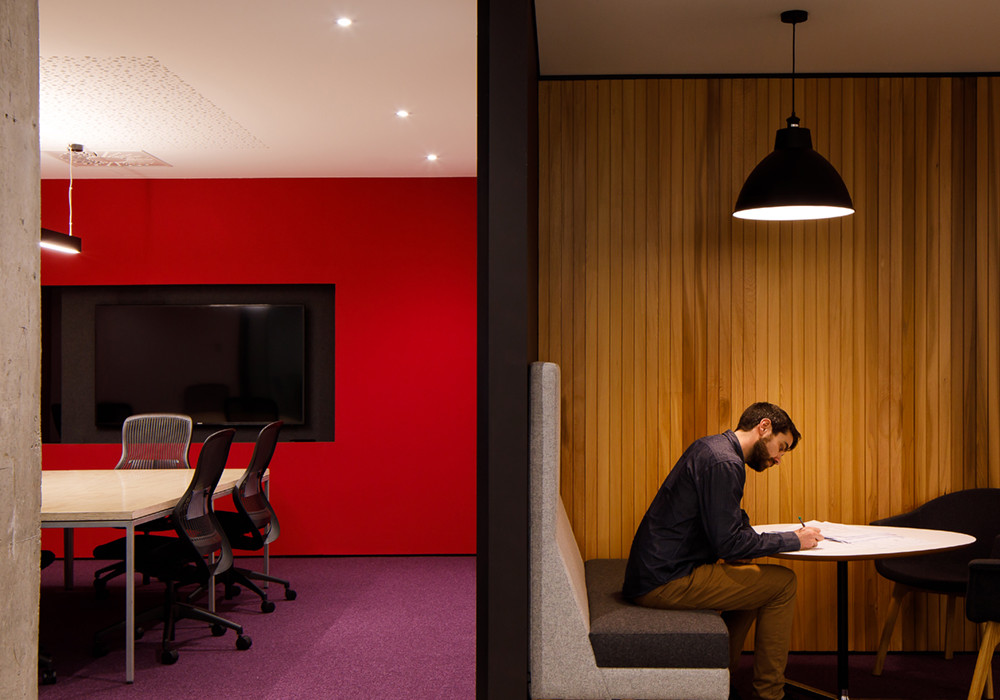
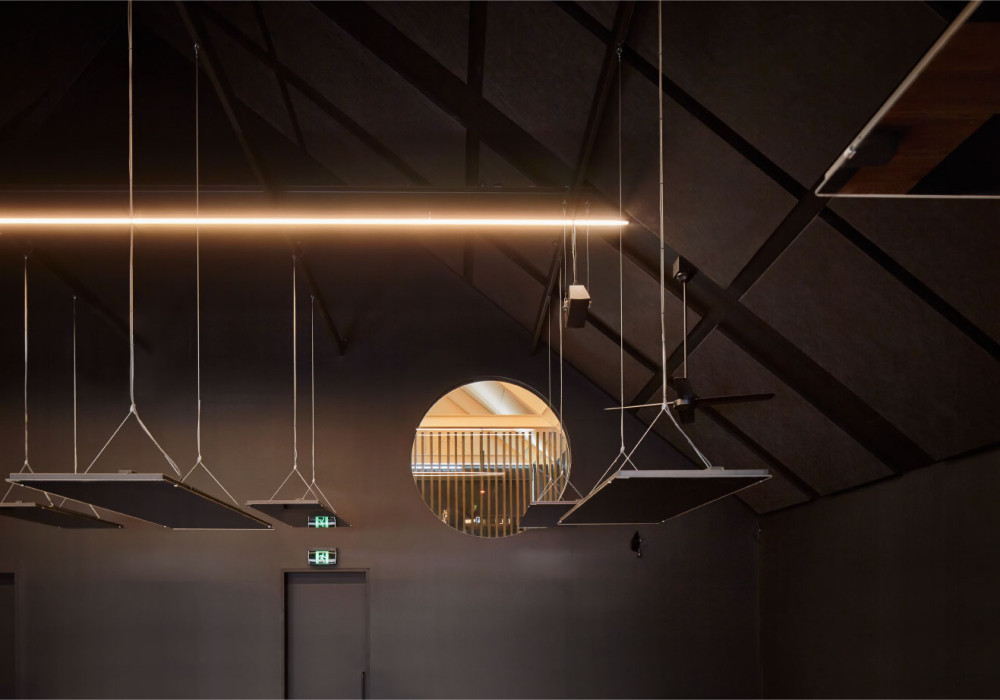

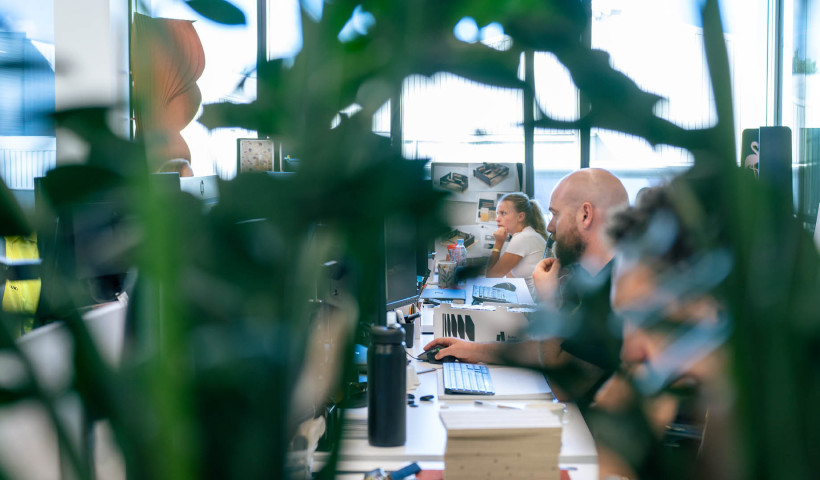

 Popular Products from Autex Acoustics
Popular Products from Autex Acoustics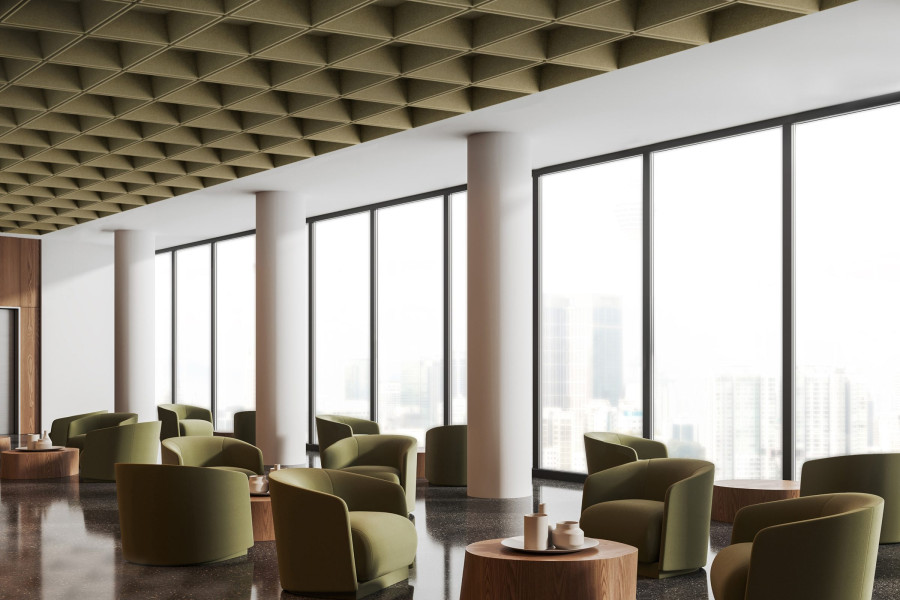
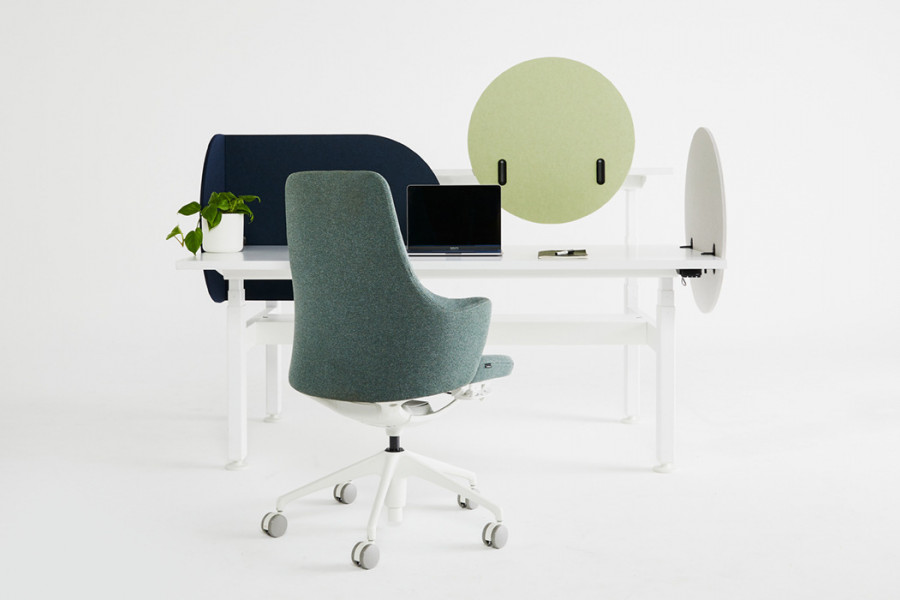

 Most Popular
Most Popular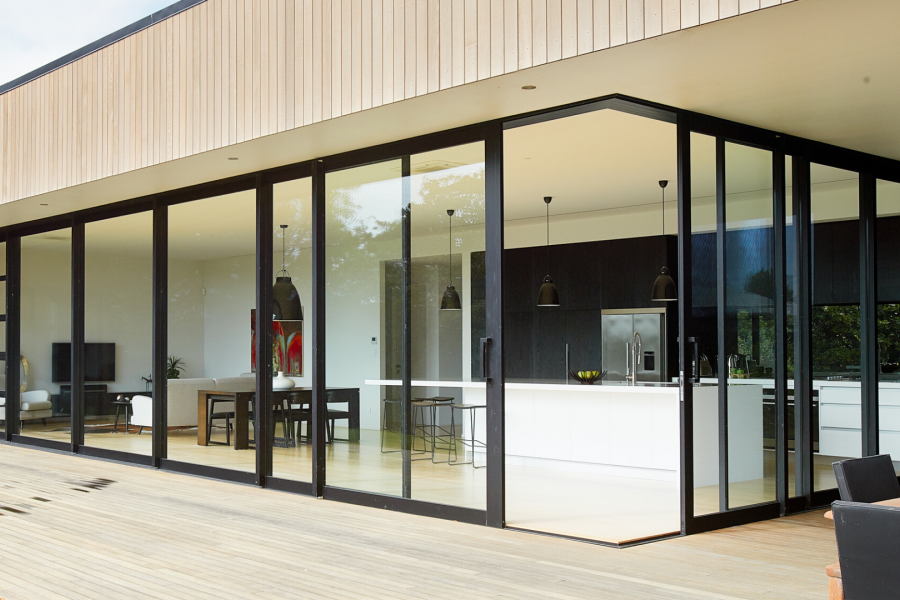
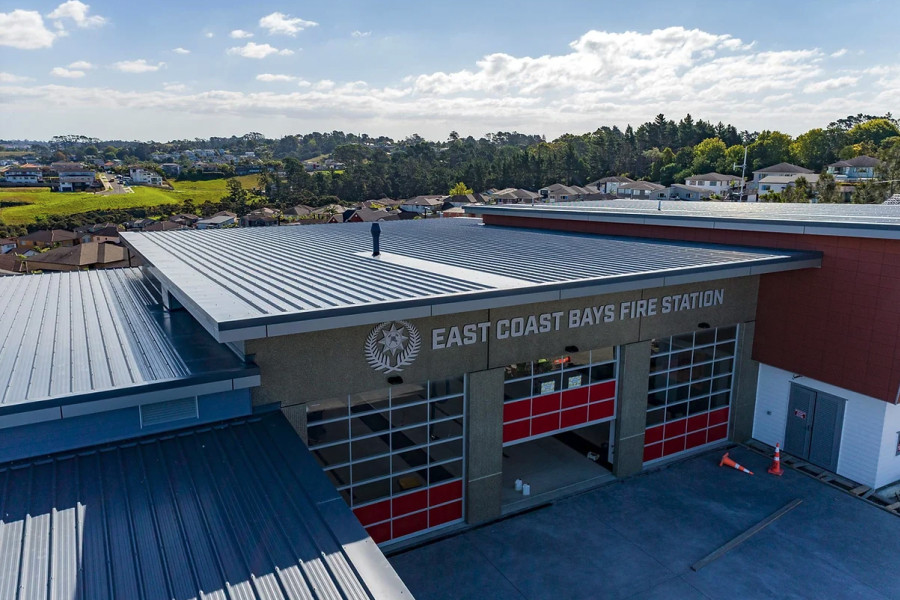
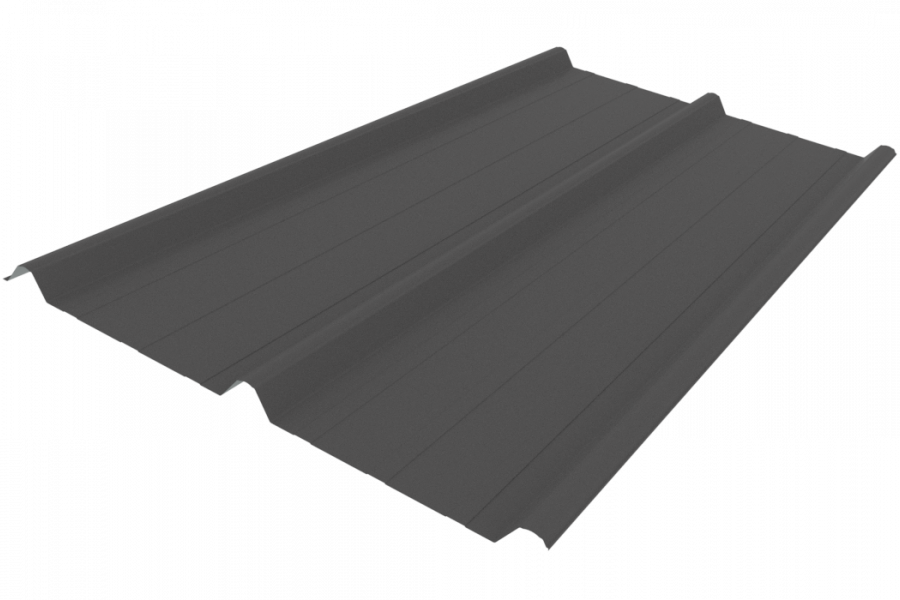
 Popular Blog Posts
Popular Blog Posts